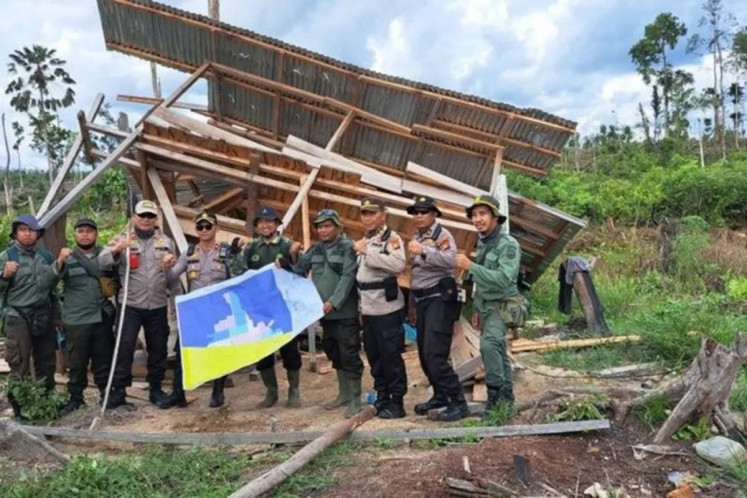Popular Reads
Top Results
Can't find what you're looking for?
View all search resultsPopular Reads
Top Results
Can't find what you're looking for?
View all search resultsNational scene: La Niña expected to bring heavy rainfall
JAKARTA: The weather phenomenon known as La Niña, which usually triggers heavy rains in the country, is expected to start in September this year, according to the Meteorology, Climatology and Geophysics Agency (BMKG)
Change text size
Gift Premium Articles
to Anyone
J
AKARTA: The weather phenomenon known as La Niña, which usually triggers heavy rains in the country, is expected to start in September this year, according to the Meteorology, Climatology and Geophysics Agency (BMKG).
'We will continue to monitor the signs of La Niña, and we don't exactly know what it will look like. The current El Niño is forecast to weaken after March, soon after we will have a lull. But soon after that we will have La Niña, the impact of which is likely to be felt at the end of 2016,' BMKG spokesperson Mulyono R. Prabowo said as quoted by Antara.
The BMKG however expected that the 2016 La Niña would be mild, although it could have the potential to trigger flooding in urban areas such as Jakarta.
'Southern Jakarta will experience heavy precipitation, and it will affect Central Jakarta,' he said.
Late last year the country experienced El Niño, a weather phenomenon related to the eastward drift of warm water in the Pacific Ocean, and it was considered to be the most severe since 1997.
Last year's El Niño was also compounded by a so-called positive Indian Ocean Dipole (IOD), also known as the Indian Niño, which is an irregular oscillation of sea-surface temperatures in which the western Indian Ocean becomes alternately warmer and then colder than the eastern part of the ocean.
A positive IOD tends to cause droughts in adjacent land areas of Indonesia and Australia.










